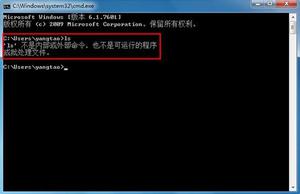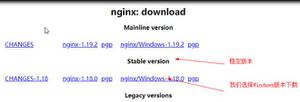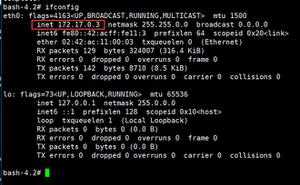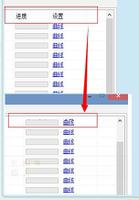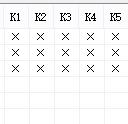MySQL中对于not in和minus使用的优化
优化前:
select count(t.id)
from test t
where t.status = 1
and t.id not in (select distinct a.app_id
from test2 a
where a.type = 1
and a.rule_id in (152, 153, 154))
17:20:57 laojiu>@plan
PLAN_TABLE_OUTPUT
————————————————————————————————————————-
Plan hash value: 684502086
—————————————————————————————-
| Id | Operation | Name | Rows | Bytes | Cost (%CPU)| Time |
—————————————————————————————-
| 0 | SELECT STATEMENT | | 1 | 18 | 176K (2)| 00:35:23 |
| 1 | SORT AGGREGATE | | 1 | 18 | | |
|* 2 | FILTER | | | | | |
|* 3 | TABLE ACCESS FULL| test | 1141 | 20538 | 845 (2)| 00:00:11 |
|* 4 | TABLE ACCESS FULL| test2 | 1 | 12 | 309 (2)| 00:00:04 |
—————————————————————————————-
Predicate Information (identified by operation id):
—————————————————
2 – filter( NOT EXISTS (SELECT /*+ */ 0 FROM “test2″ “A” WHERE
“A”.”type”=1 AND (“A”.”RULE_ID”=152 OR “A”.”RULE_ID”=153 OR
“A”.”RULE_ID”=154) AND LNNVL(“A”.”APP_ID”<>:B1)))
3 – filter(“T”.”status”=1)
4 – filter(“A”.”type”=1 AND (“A”.”RULE_ID”=152 OR “A”.”RULE_ID”=153 OR
“A”.”RULE_ID”=154) AND LNNVL(“A”.”APP_ID”<>:B1))
Statistics
———————————————————-
0 recursive calls
0 db block gets
1762169 consistent gets
0 physical reads
0 redo size
519 bytes sent via SQL*Net to client
492 bytes received via SQL*Net from client
2 SQL*Net roundtrips to/from client
0 sorts (memory)
0 sorts (disk)
1 rows processed
21 rows selected.
优化后:
select count(*) from(
select t.id
from test t
where t.status = 1
minus
select distinct a.app_id
from test2 a
where a.type = 1
and a.rule_id in (152, 153, 154))
17:23:33 laojiu>@plan
PLAN_TABLE_OUTPUT
————————————————————————————————————————-
Plan hash value: 631655686
————————————————————————————————–
| Id | Operation | Name | Rows | Bytes |TempSpc| Cost (%CPU)| Time |
————————————————————————————————–
| 0 | SELECT STATEMENT | | 1 | | | 1501 (2)| 00:00:19 |
| 1 | SORT AGGREGATE | | 1 | | | | |
| 2 | VIEW | | 1141 | | | 1501 (2)| 00:00:19 |
| 3 | MINUS | | | | | | |
| 4 | SORT UNIQUE | | 1141 | 20538 | | 846 (2)| 00:00:11 |
|* 5 | TABLE ACCESS FULL| test | 1141 | 20538 | | 845 (2)| 00:00:11 |
| 6 | SORT UNIQUE | | 69527 | 814K| 3632K| 654 (2)| 00:00:08 |
|* 7 | TABLE ACCESS FULL| test2 | 84140 | 986K| | 308 (2)| 00:00:04 |
————————————————————————————————–
Predicate Information (identified by operation id):
—————————————————
5 – filter(“T”.”status”=1)
7 – filter(“A”.”type”=1 AND (“A”.”RULE_ID”=152 OR “A”.”RULE_ID”=153 OR
“A”.”RULE_ID”=154))
21 rows selected.
Statistics
———————————————————-
1 recursive calls
0 db block gets
2240 consistent gets
0 physical reads
0 redo size
516 bytes sent via SQL*Net to client
492 bytes received via SQL*Net from client
2 SQL*Net roundtrips to/from client
2 sorts (memory)
0 sorts (disk)
1 rows processed
在优化sql的时候,我们需要转变一下思路,等价的改写sql;
改写后的sql由于逻辑读得到了天翻地覆的改变,很快得到结果。
第一条sql执行计划中有一个函数,LNNVL(“A”.”APP_ID”<>:B1),lnnvl(exp)
如果exp的结果是false或者是unknown,那么lnnvl返回true;
如果exp的结果是true,返回false.
以上是 MySQL中对于not in和minus使用的优化 的全部内容, 来源链接: utcz.com/z/315251.html

